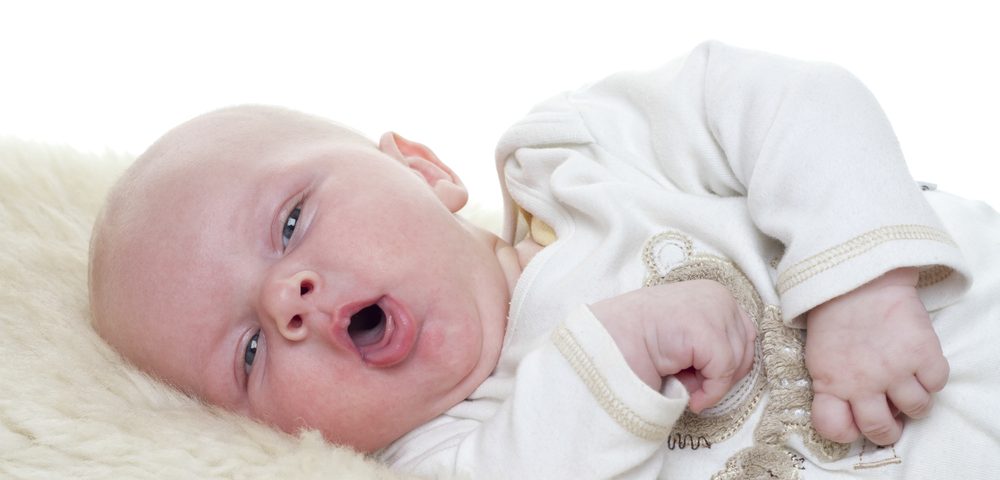Patients who received treatment for high-risk neuroblastoma (a cancer affecting certain types of nerve tissue) and subsequently complain of a persistent cough should be examined further to rule out bronchiectasis, according to the authors of a case series report.
The study, “Bronchiectasis following treatment for high-risk neuroblastoma: A case series,” was published in the journal Pediatric Blood & Cancer.
Bronchiectasis is the permanent enlargement of parts of the airways of the lung. Symptoms include a chronic cough that produces mucus, as well as shortness of breath, coughing up blood, and chest pain.
Neuroblastoma is the most common cancer in babies, and the third most common in children after leukemia and brain cancer. Children whose cancer has spread to distant lymph nodes or other parts of the body are considered to have Stage 4 cancer, a high-risk category.
A long-term cure for neuroblastoma is possible by using an intensive, multimodal treatment (a combination of therapies), including chemotherapy, high-dose therapy, radiotherapy, surgery, and immunotherapy.
But as a result of this aggressive treatment, neuroblastoma patients often develop other conditions and diseases. Neuroblastoma patients have one of the highest rates of hospitalization in the years after treatment.
Investigators studied six patients who were treated for high-risk neuroblastoma and had developed a persistent cough with mucus production. The patients underwent high-resolution computed tomography (CT) scanning to examine their lungs. All six patients were diagnosed with bronchiectasis.
Immunological tests performed on two of the six patients showed low levels of antibodies in their blood, a condition called hypogammaglobulinemia. This indicates that these patients may have a defective immune response, which can compromise their body’s ability to fight infections.
According to the team, patients diagnosed with high-risk neuroblastoma and their families should receive counseling to understand the risk of developing other disorders after the aggressive treatment. For those who experience a chronic cough after treatment, immunological tests and a CT chest scan should be performed to rule out bronchiectasis.
“It is likely that with increasing numbers of survivors [of neuroblastoma], [bronchiectasis] will become an increasingly prevalent late effect of treatment,” the authors concluded. “Further studies of immunological status and the role of immunoglobulin [antibody] replacement for prophylaxis and treatment are required.”

